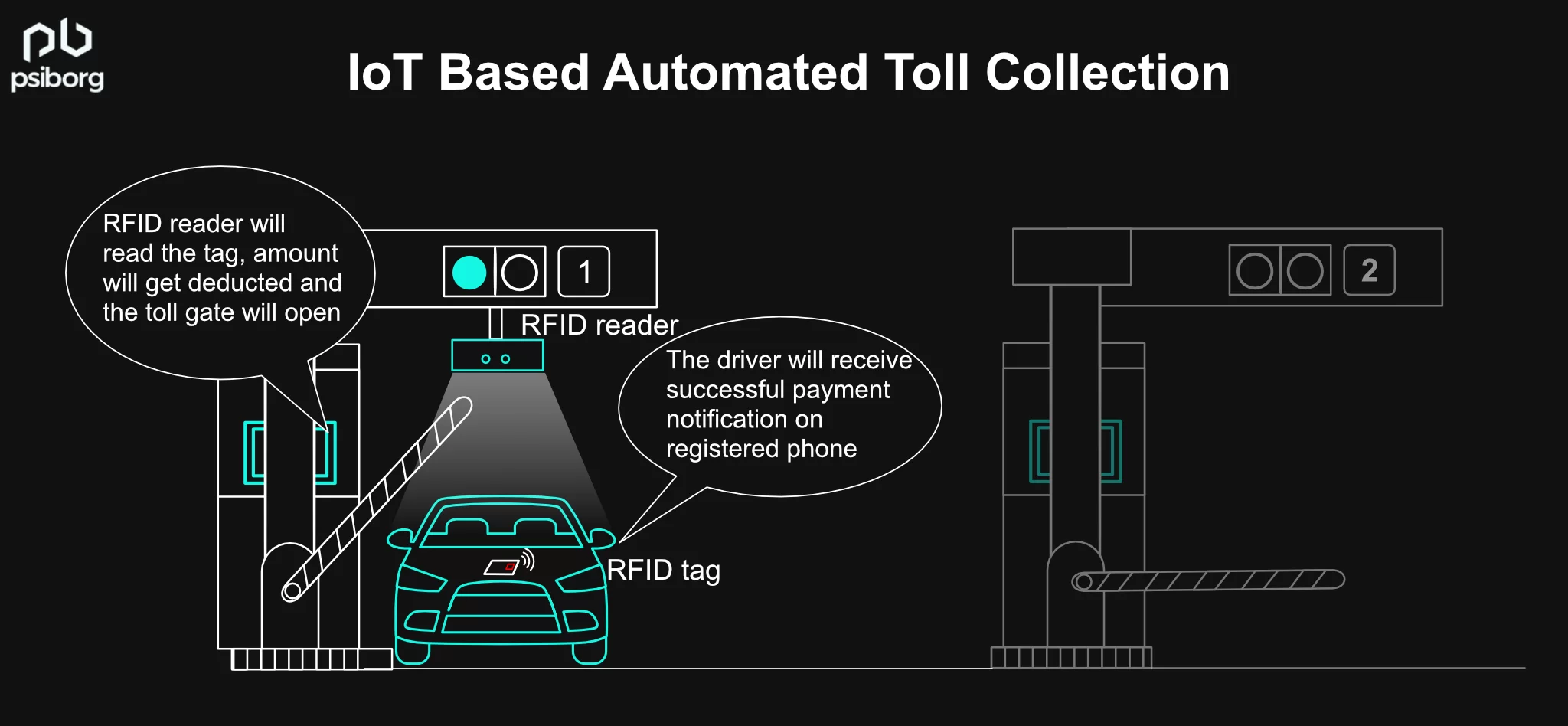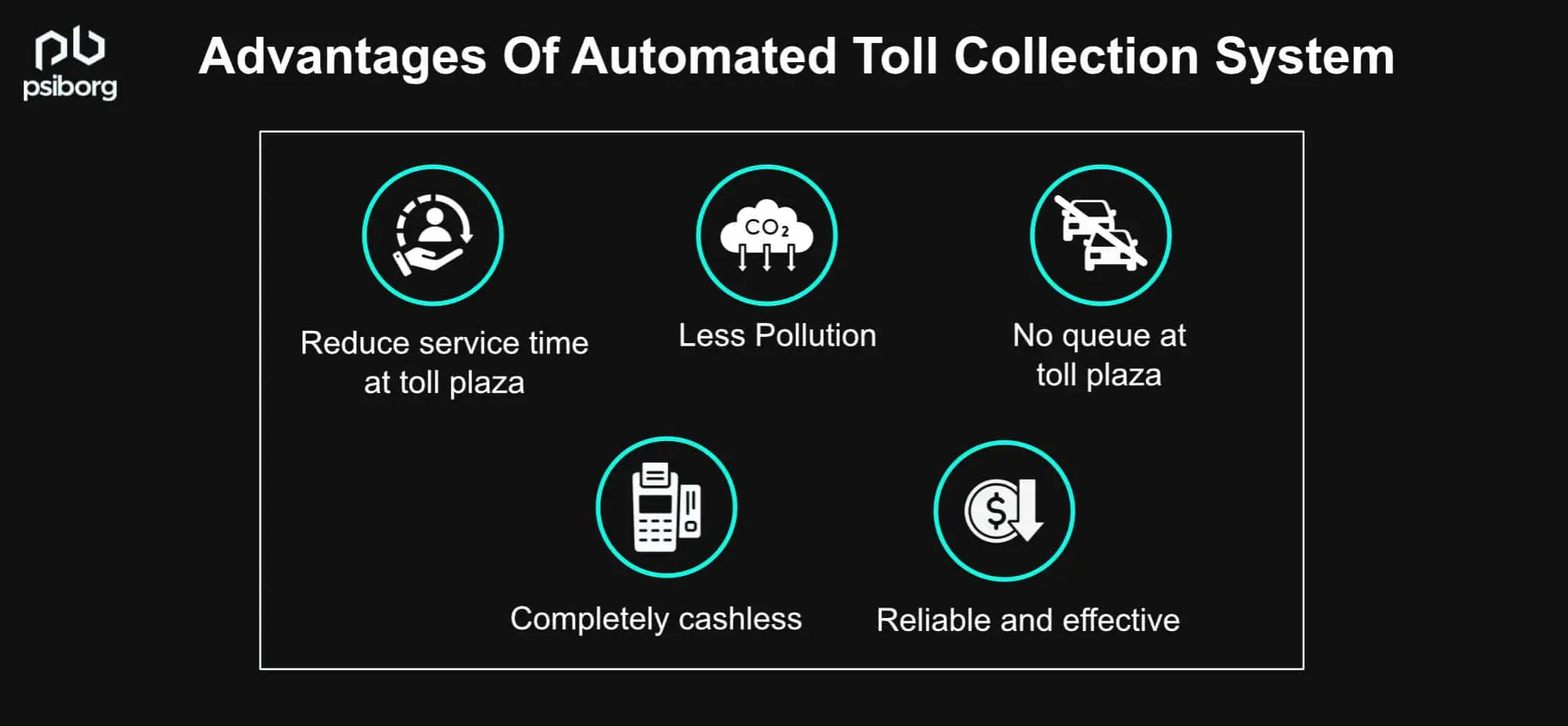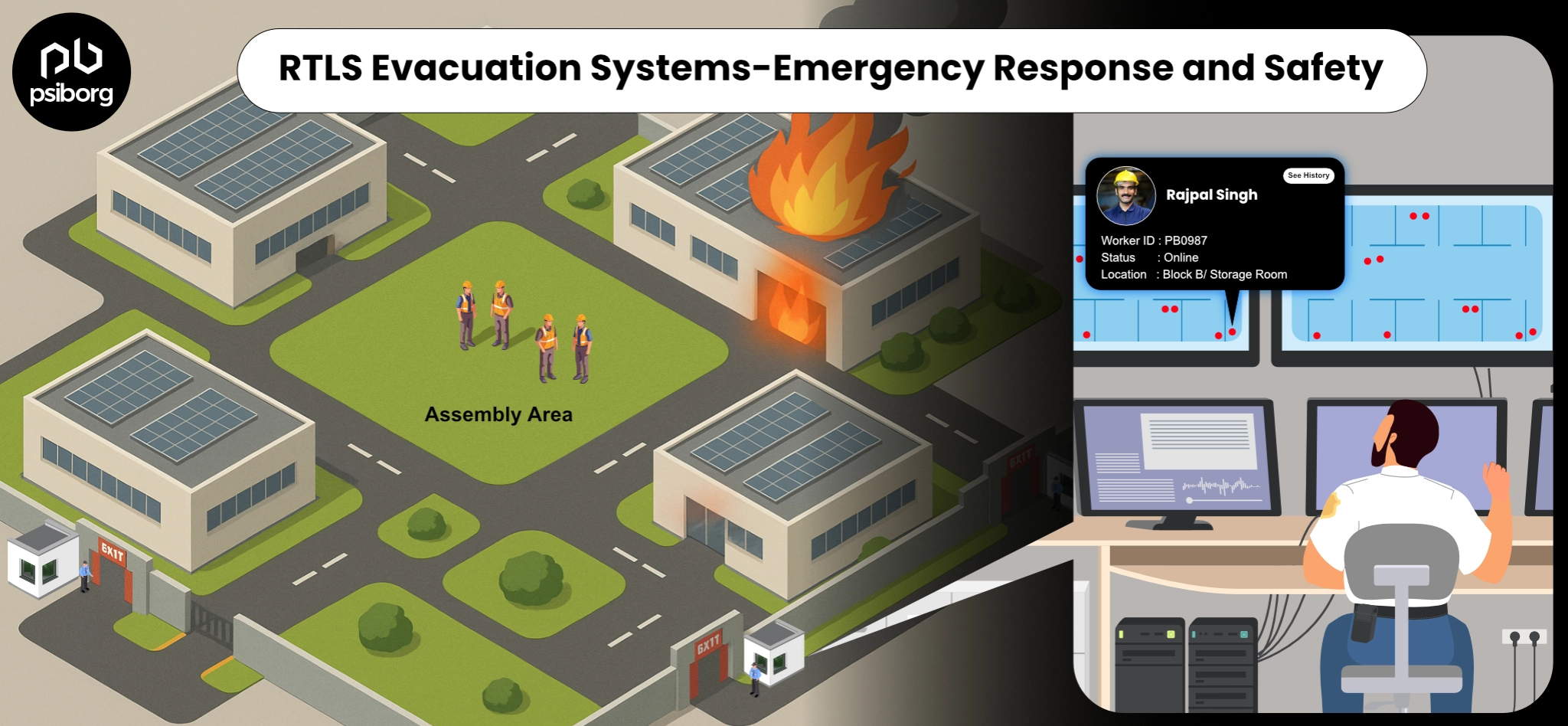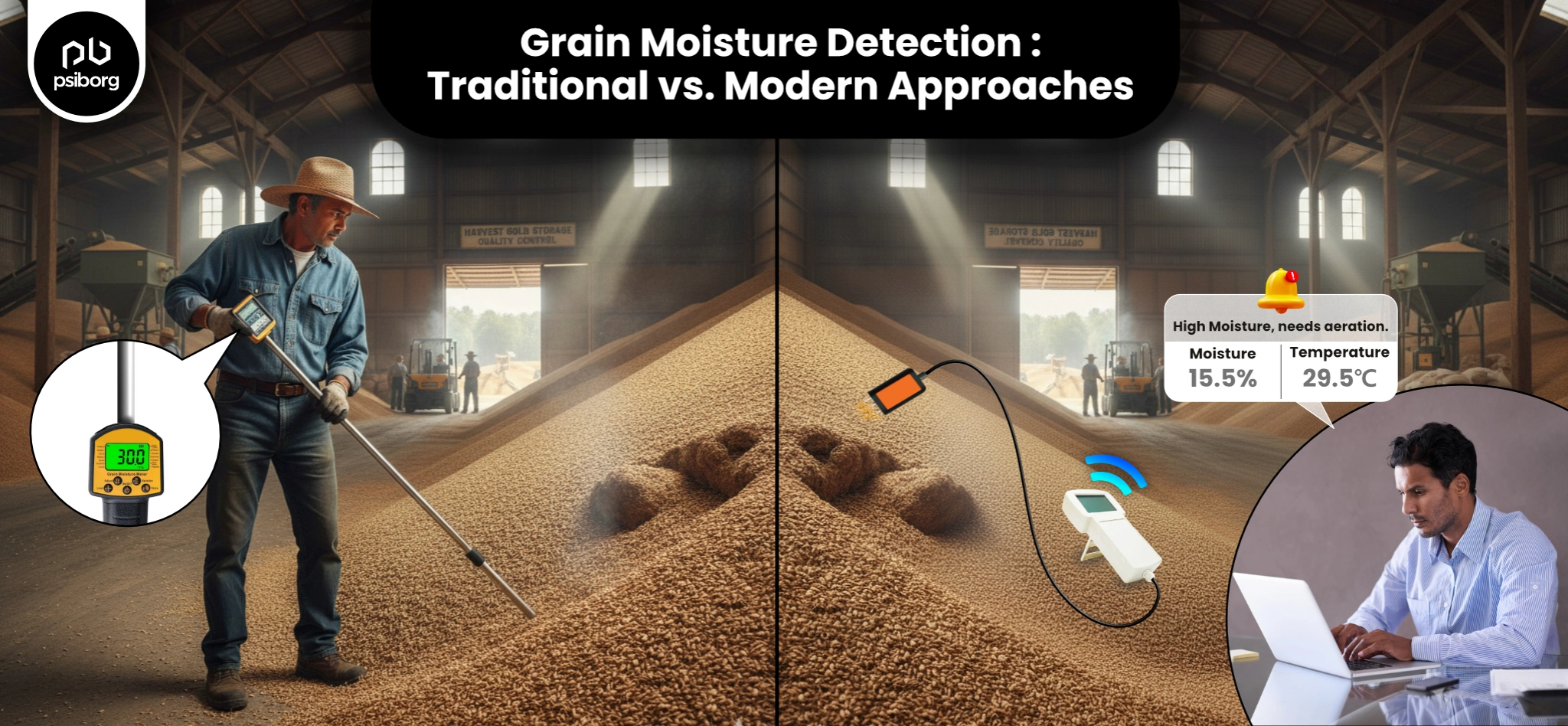Every system needs to evolve over time, and the IoT-based automated toll collection system is an advanced solution over traditional toll collection.
The exponential growth in the number of vehicles on the roads is causing traffic congestion, and no one likes to be stuck in traffic. It is even more annoying when this traffic occurs at a toll booth.
To improve the toll system, IoT-based solutions have already been introduced to the market and are already functional in some areas.
But do you know how the “Internet of Things” is used in automated toll systems?
In this article, we explore how an IoT-based automated toll collection system will help make toll collection more time-efficient.
Let’s get started!
WHAT IS THE NEED FOR AN AUTOMATED TOLL COLLECTION SYSTEM?

The economic wealth of a nation is related to transportation. However, with the increasing number of vehicles on the road, struggles like traffic congestion, accidents, and air pollution have become major concerns.
Moreover, advancements in transportation can also lead to a lifestyle change, giving you freedom of movement. The automated toll collection system can reduce delays on toll roads by collecting toll payments electronically.
There are many reasons to switch from the existing toll collection system to an IoT-based automated toll collection system.
Currently, there are two existing methods that are extensively used for toll collection-
- First, the traditional toll collection method requires a toll collector who collects the amount and issues a receipt.
- The second is the smart card method, where the driver needs to swipe a smart card at the toll booth.
However, these two existing methods are not very effective, making it a very tedious task. Plus, there are some loopholes in these two methods through which people can escape the tax payment.
DISADVANTAGES OF THE EXISTING TOLL COLLECTION SYSTEM
- Manual methods lead to traffic congestion at toll plazas.
- It requires manpower
- It is time-consuming
- Traffic congestion at toll plazas also leads to fuel loss
- Toll collection is totally dependent, so there are chances of unauthorized ticketing and duplication of poll payments.
The standard tolling and ticketing system has become outdated and has many loopholes, so it is no longer capable of managing the existing flow of vehicles on the road.
Compared to traditional tolling and ticketing systems, integrating IoT in transportation can provide an automated toll collection system.
With RFID tags and smart sensors, toll collection and managing traffic have become easier for the traffic police.
Suggested Reading: IoT for Electric Vehicle Monitoring and Management
HOW DOES AN AUTOMATED TOLL COLLECTION SYSTEM OPERATE?
The automated toll collection system is designed to replace manpower with machines and make the entire toll collection and ticketing process more efficient.
The IoT-based toll collection system uses microcontrollers, RFID tags, and load cells to make cash-free operations at toll plazas.
To automate the toll collection system using RFID, an RFID tag will be fixed for each vehicle. Vehicles will receive a unique tag, and all related data will be loaded at the RTO office.
These RFID tags will be linked to a prepaid account from which the payment will be deducted whenever a vehicle passes through the toll plaza. RFID tags are connected through the cloud to all gates across the country.
THE PROCESS OF AUTOMATED TOLL COLLECTION
- When a new vehicle is purchased, an RFID tag is attached to the vehicle, and the associated data is uploaded to the RTO office database. The RFID tag is linked to a prepaid account, through which the amount will be deducted while passing through a toll plaza.
- When a vehicle reaches a toll plaza, the automatic toll collection system scans the RFID tag and detects the deductible amount based on vehicle type. This is done through an RFID reader.
- If there is sufficient balance in the registered prepaid account, the toll amount will be detected, and the toll gates will open.
- At the time of successful toll amount deduction, Arduino uses the GSM module and a SIM to send a deducted amount message to the driver. The deducted amount will also be displayed on the screen at the toll plaza.
HARDWARE COMPONENTS USED IN IOT-BASED AUTOMATED TOLL COLLECTION SYSTEM
This is an IoT-based automated toll collection system using RFID.
Radio Frequency IDentification (RFID) is an automated data-capture technology that can also be used to store the data of a registered vehicle on a tag.
The list of components used in an IoT-based toll collection system are-
1. ARDUINO UNO
It is an open-source electronics platform. It is used in this project to collect information from RFID and to compare the details of the vehicle according to the vehicle type, amount to be deducted, total amount, trip type, and more.
2. GSM MODEM
GSM stands for Global System for Mobile Communications. It is a communication standard introduced by the European Telecommunications Standards Institute (ETSI) to identify second-generation protocols. The GSM module is used to establish communication between the sensor and the user through SMS.
3. RFID READER
An RFID system needs a reader to scan the tag. The RFID reader is capable of reading the tag and communicating it to the database.
4. RFID TAG
An RFID tag is a transponder and consists of a chip and an antenna. Information like account details, vehicle number, vehicle type, and more are included in the tag.
ADVANTAGES OF AUTOMATED TOLL COLLECTION SYSTEM

The IoT-based toll collection system is a replacement for the manual toll ticketing method and has various advantages.
However, a few that need to be highlighted as advantages of an automated toll collection system are:
- Smaller to no queues at toll plazas, resulting in minimizing the service time at toll plazas.
- Pollution resulting from vehicles will be reduced.
- There is no loophole, so there is no chance of escaping the tax payment.
- You don’t have to stop the vehicle, swipe the card, or wait to get the receipt.
- This system is less costly, reliable, and efficient compared to the manual system.
In addition to this, the automatic toll collection system can also be installed at metro stations and bus stations for automatic ticket generation and is completely cashless. So no more headaches collecting cash while traveling.
SUMMING UP,
The Internet of Things is considered a future of innovation that will empower us to control devices through the Internet. An IoT-based automated toll collection system is one example of how the Internet of Things helps solve real-life problems.
This IoT-based toll collection system using RFID technology is cost-effective, eco-friendly, and a convenient way to save time while driving.
PsiBorg Technologies plays a small role in creating a technology-driven future by developing IoT solutions. We are a leading IoT Development Company.
At PsiBorg Technologies, we develop smart IoT solutions to tackle the challenges that the world is facing today.
If you want to streamline your life with the help of the Internet of Things, then contact us today!
We would love to help you!
FAQ
Ans. The RFID-based automated toll collection system uses Radio Frequency IDentification technology to automate the toll ticketing process. As the vehicle approaches the toll booth, the RFID reader emits radio waves and detects the RFID tag attached to the vehicle. The tag transmits the data, allowing an automatic and efficient toll collection system.
The automated toll gate system using Arduino is an economical and efficient solution for toll booths. The Arduino microcontroller is programmed to link with RFID readers and sensors. At the toll booth, the Arduino system reads the RFID tag attached to the vehicle and detects the amount to be collected to initiate payment transactions.
An automatic toll collection system is introduced to eliminate the need for manual toll ticketing, reduce traffic congestion, and improve traffic flow on expressways.





